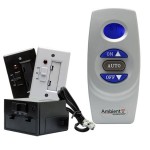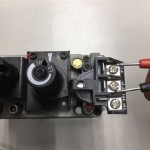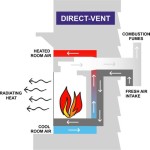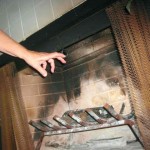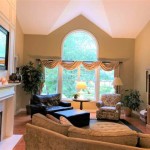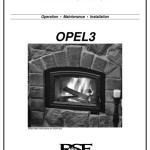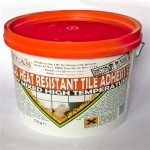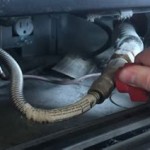Freestanding Wood Fireplace: A Guide to Essential Aspects
Freestanding wood fireplaces have become the centerpiece of many homes, providing warmth, ambiance, and character. Their versatility and efficiency make them an attractive option for homeowners looking to add a touch of coziness and style to their living spaces. However, selecting and installing a freestanding wood fireplace requires careful consideration of several crucial aspects.
Components of a Freestanding Wood Fireplace
A freestanding wood fireplace typically consists of the following components:
- Firebox: The heart of the fireplace, the firebox is where the wood is burned.
- Chimney: The vertical passage that carries smoke and combustion gases outside.
- Damper: A valve that controls the airflow into the firebox, regulating the burn rate.
- Hearth: The non-flammable surface surrounding the fireplace, extending in front to protect the floor.
- Ash Pan: A tray that collects the ashes from the burnt wood.
Heat Output and Efficiency
The heat output of a freestanding wood fireplace is primarily determined by the size of the firebox and the type of wood burned. A larger firebox will produce more heat, while denser woods like oak or maple burn longer and generate higher temperatures. The efficiency of a fireplace refers to its ability to convert wood into heat energy, with higher efficiency models losing less heat through the chimney.
Safety Features
Safety is paramount when operating a freestanding wood fireplace. Essential safety features include:
- Spark Arrestor: Installed at the top of the chimney, this prevents sparks from escaping and potentially igniting surrounding materials.
- Creosote Liner: A protective coating inside the chimney that reduces the buildup of creosote, a flammable substance that can cause chimney fires.
- Ash Dump: A convenient feature that allows for easy removal of ashes while the fireplace is still operating.
Installation Requirements
Installing a freestanding wood fireplace involves several important considerations:
- Location: Choose a location that meets building codes and provides ample clearance from flammable materials.
- Chimney: Ensure that the chimney is properly sized, installed, and vented to the outside.
- Airflow: Provide sufficient fresh air intake to the room where the fireplace is installed.
- Professional Installation: Engage a qualified professional to ensure proper installation and adherence to safety regulations.
Conclusion
Selecting and installing a freestanding wood fireplace requires a thoughtful approach, considering factors such as heat output, safety features, and installation requirements. By understanding these essential aspects, homeowners can make informed decisions that enhance the ambiance, comfort, and safety of their homes.
Dru Fire

Freestanding Wood Burning Stoves Sierra Hearth And Home

Studio 2 Freestanding Wood Burning Stove Stovax Stoves

Wood
Dru Fire

What Is A Freestanding Wood Stove Fireplace Service Experts

Wood

Adf 1000 Nmv Freestanding Wood Fireplace Hawkesbury Heating

Suspended Fashion Indoor Freestanding Wood Burning Stove China Weather Resistant Fireplaces Made In Com

Contemporary Freestanding Fireplaces Modern Suspended Wood Heaters
Related Posts

